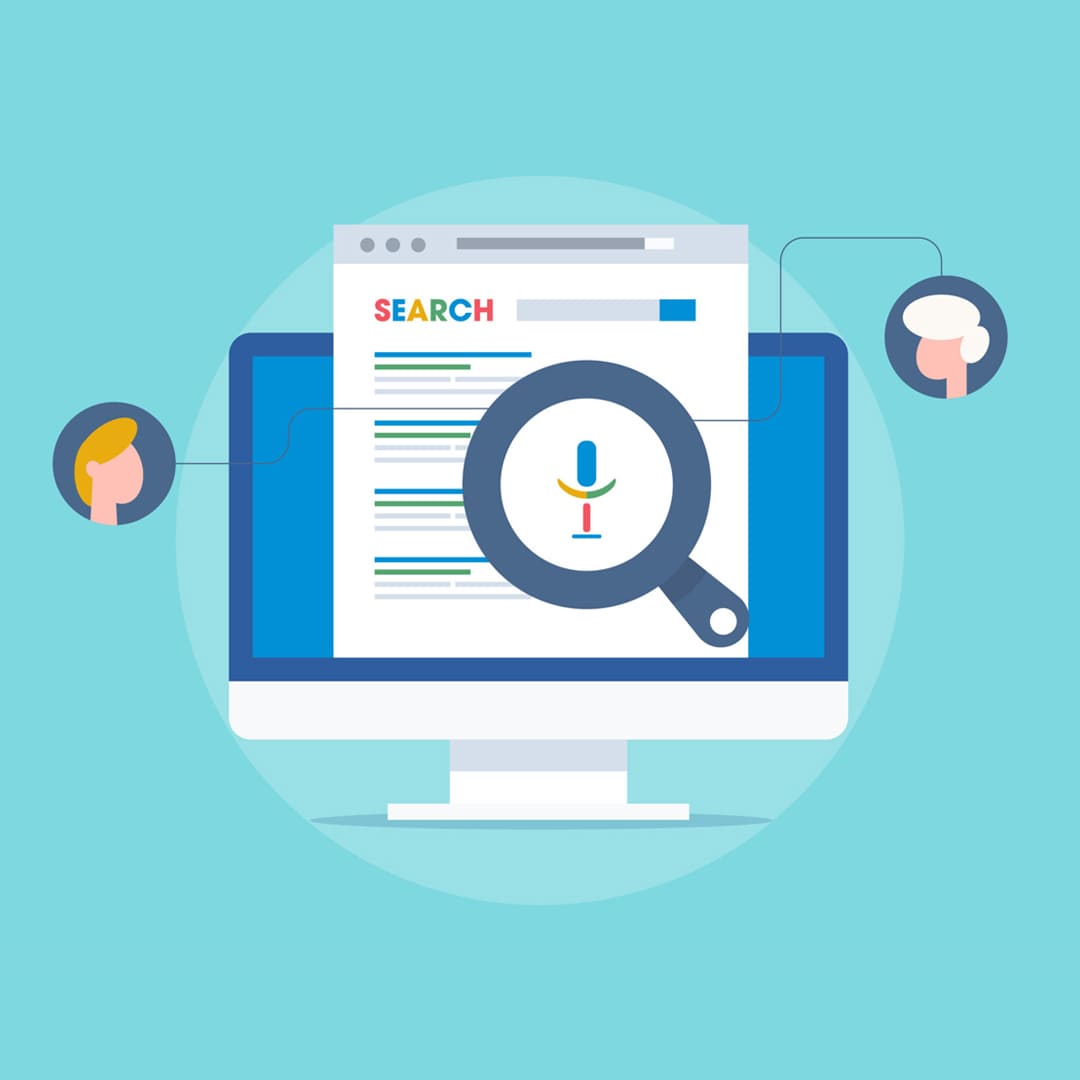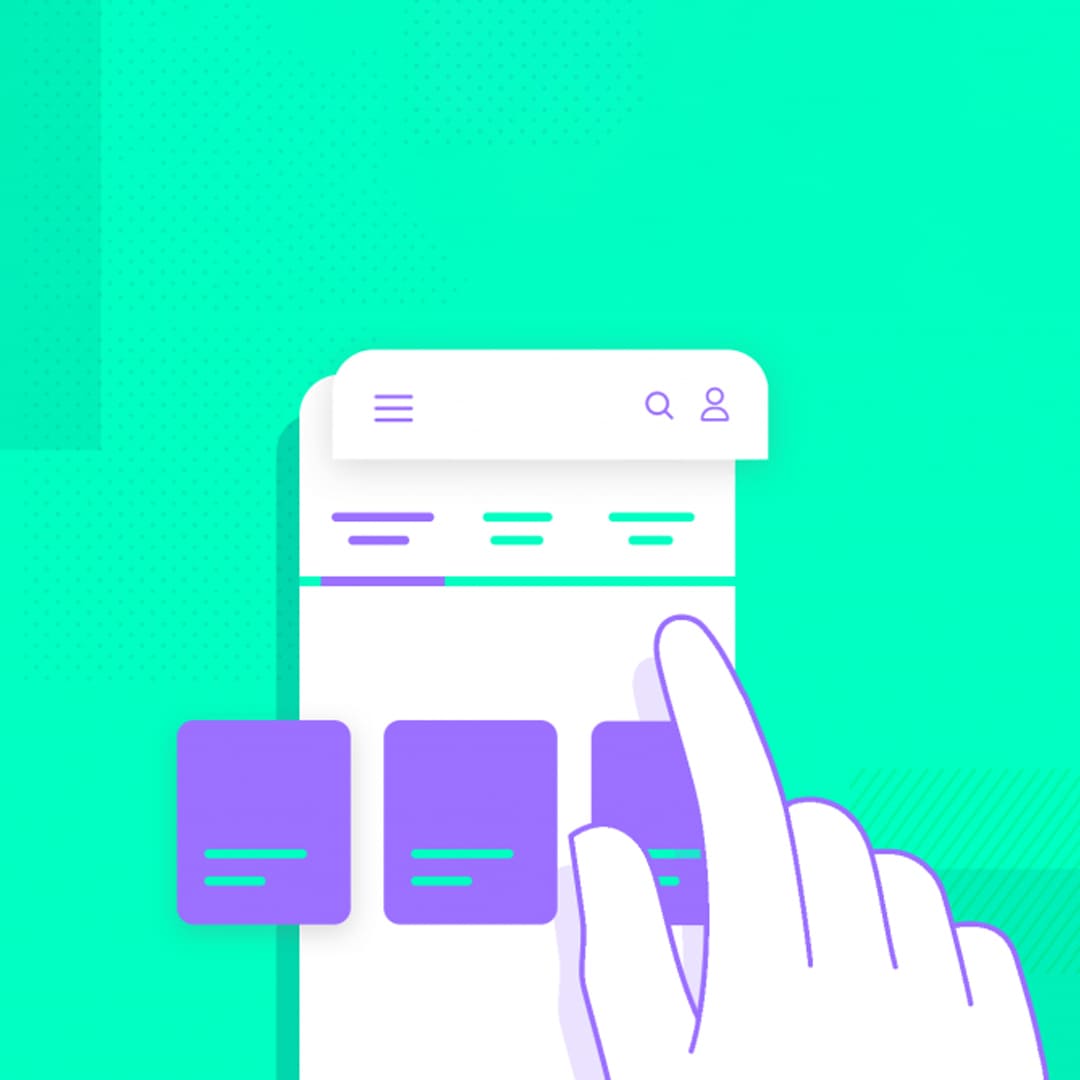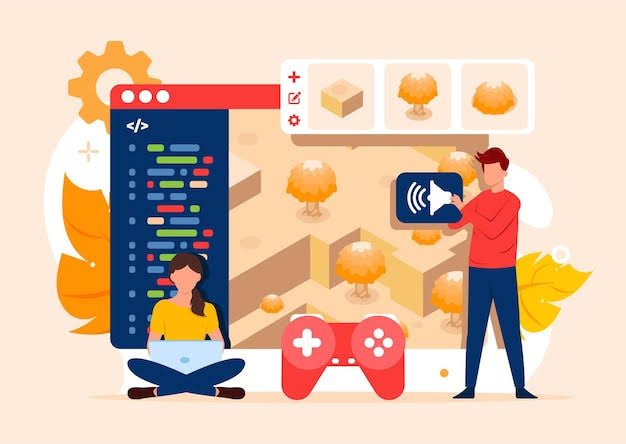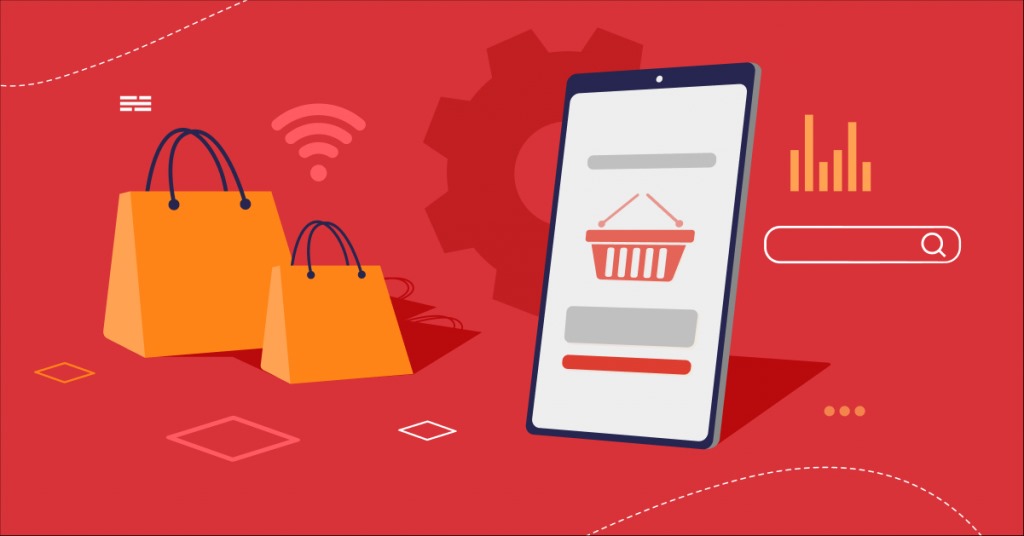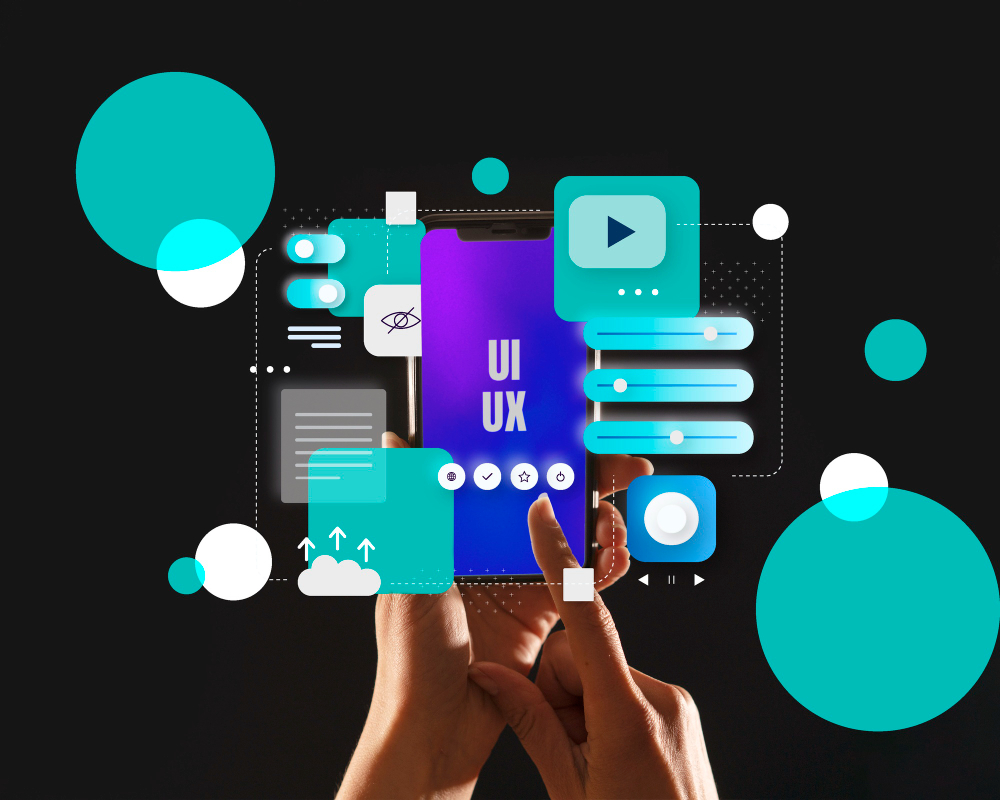The Latest in App Development

App development has witnessed the most drastic change, indicating how fast the technological advancements are. From simple mobile games in the initial phase to the highly advanced feature-rich applications we use today, app development has been a true marvel of evolution. As we move on to the digital age, the need for innovation and user-centric apps has increased and nudged developers to be even more creative about what they can produce. Some of the trends that have emerged in the recent list of innovative breakthroughs could be seen as shaping the app development landscape. The idea of bringing AI and ML inside the apps has enabled learning and adaptation to the needs of the user in providing a personalized experience. This has made cross-platform development frameworks easier and faster for multi-platform apps. Innovations in augmented reality (AR) and virtual reality (VR) have, meanwhile, evolved new means of enhancing experiences toward more immersive and interactive directions.
Cross-Platform App Development Tools
Due to the emergence of cross-platform mobile application development tools, the creation of mobile applications has assumed a new dimension, as it is possible to target multiple platforms using one codebase (iOS, Android, and sometimes web) Today, we are going to discuss some of the major issues in these tools:
- Code Reusability: As far as cross-platform development tools are concerned, the greatest advantage there is the ability to reuse a substantial portion of code with minimal or even no modifications across platforms, which certainly reduces the development time and effort.
- Faster Time-to-Market: Because developers can write code once and deploy it across different platforms, developers could get apps to market much sooner.
- Cost-Efficiency: In order to develop cross-platform tools, one saves on development by not having to maintain separate codebases for each of the possible target markets.
- Consistency in User Experience: Cross-platform tools mainly provide mechanisms for ensuring a uniform user experience across a range of disparate platforms, even while there is variation in the capabilities of devices and operating systems.
- Community Support: Most cross-platform frameworks have huge, active communities that offer highly valuable resources, documentation, and support to developers.
- Hybrid vs. Native Performance: Hybrid apps, built using web technologies within a native container, may seem a little slower than their native counterparts, but today the gap is narrowing as researches in hybrid frameworks continue.
- Platform-specific features: Cross-platform tools generally try to implement code reusability. Still, there will be instances where the features or the optimization involved in a particular platform has to be implemented. Then again, there could be a need for the developers to write platform-specific code.
- Learning Curve: Again, based on the cross-platform tool that is being learned, it could be a little tough compared to native development, especially to the developers who are not already familiar with the framework.
- Tool Maturity: The maturity of the tool determines its features, performance, and support in the community. You need to look at the track record of the tool and its updates.
- Project Requirements: Most of your project-specific requirements will decide the selection of cross-platform tools for your project. Consider factors like the complexity of an application, performance requirements, and target markets.
Progressive Web Apps (PWAs) Explained
Progressive web applications blend the best native applications and traditional use cases of web applications. They focus on the customer experience being friction-free between different devices and platforms and blur the lines between web and native applications. Some of the important characteristics and benefits of PWAs are as follows:
- Offline Capability: The working ability of PWAs offline allows content and functionality to be used with no need for an internet connection. This is done locally by caching all the needed resources including HTML, CSS, and JavaScript.
- Push Notifications: One of the key features of PWAs is that it is allowed to provide push notifications even when an app is not open. It acts as a better method to enhance user engagement and give timely updates.
- Installability: PWAs install on the user's device like a standalone application that makes the experience more native-like. This means that an icon is created on the home screen.
- Full-Screen Experience: PWAs can be launched in full-screen mode with the removal of distractions to offer an eminently improved, immersive experience.
- Responsiveness: PWAs are responsive and adapt to different screen sizes and devices to ensure a uniform experience across the platforms used.
- Service Worker: This is the background script that gives offline functionalities, push notifications and more advanced features. Service workers fall at one level between the browser and the network, an intermediary.
- This has an App Shell Model : Core PWA components, such as navigation and layout, are typically pre-cached to ensure faster loading and a more interactive experience.
- Web Manifest: A web manifest refers to the file that carries about basic metadata of a PWA such as app name, icons, and start url. It is used by the browser to determine how the PWA can be installed and launched. It will give users a much more native-like experience than any other app. It's going to have offline capability and push notifications.
- Faster Loading Time: The user experience of load time can significantly be improved using the app shell model and caching, especially for slower networks.
- Enhanced Engagement- Using push notifications, users can be engaged for a particular application. Users can be engaged for longer periods by using the offline capabilities.
- Lower Development Costs: PWAs can be developed using web technologies, which is a significant advantage in that it reduces the development costs for such applications compared to Native Apps.
They can be accessed on any device with a modern web browser, making it possible to have a larger reach. PWAs are an appropriate replacement for traditional web apps and native apps, providing a user experience that is streamlined, engaging, and effective across platforms and devices.
Trends in Augmented Reality (AR) Apps
Increased reality, an innovation that superimposes computerized data on this present reality, has had its prevalence expand inside late years. Alongside innovative headways, AR applications are turning out to be more complicated and are applied to various fields. Here are some key trends shaping the AR landscape.
1. Refined User Experience
Interactive Ingredients: AR apps are the ones trying to deploy more interactive ingredients such as games, virtual try-ons, and educational content in them to engage the user and give them useful experiences.
Personalized Content: AR apps seek user data to be used in offering personalized content and recommendations, customized as per the preference of one.
2. Integration with Other Technologies:
IoT: IoT devices can now be integrated with AR apps. The ways in which AR can be used include creating real-time data visualizations for smart home devices and industrial equipment.
AI and Machine Learning: Application of object recognition, natural language processing, and predictive analytics makes it possible for the enhancement of AR applications by artificial intelligence and machine learning.
3. Industry-specific applications
Healthcare: It is used in medical training, in surgeries, and to educate patients with visualization and simulating.
Retail: It gives the retail sector new standards by facilitating the possibility of virtual try-ons, product imagination, and interactive experiences inside shops.
Education: AR is making education different because this technology introduces numerous interactive experiences of learning such as virtual field trips and three-dimensional models.
Gaming: Pokémon Go set a platform, and AR gaming saw immense popularity with several games taking up the pace from there.
4. Mobile AR Domination
Smartphone Integration: Most of the AR apps are designed to be run on a smartphone using its camera and processing capability to recreate an experience virtually.
Wearables: With time, more support is being provided to make AR glasses and other headsets into a more immersive and hands-free experience.
5. Social AR:
Social Experiences: Social AR apps enable users to share AR experiences with friends and family, thus creating new ways for social interaction and entertainment.
Virtual Events: AR can be used to create virtual events, conferences, and social gatherings that are more engaging and interactive.
6. Ethical Considerations:
Privacy Issues: Because AR apps collect and process user data, an increased amount of concern is being placed on privacy.
Accessibility: Another increasing concern is how AR apps will be accessible to users with disabilities.
In a nutshell, AR is the future of any emerging technology. More astonishingly, it is predicted to give even more immersive applications as technology goes ahead and unravels.
Integrating Chatbots for Enhanced User Interaction
Today, chatbots are integrally linked to customer service and engagement in modern business methods. With immediate responses and personal interactions, chatbots really do help expand user experience. Here, some key aspects of integrating chatbots in your applications will be discussed and how they may help your business.
Types of Chatbots
There are mainly two types of chatbots:
Rule-based chatbots: These follow set rules and scripts to respond to the queries of users. They are proper for simpler, repetitive tasks and might not work well for tougher or unpredictable questions.
AI-powered chatbots: These use artificial intelligence and machine learning algorithms to understand natural-language queries and respond to them. They would be able to make responses better for themselves as they go along with interactions and complex conversations.
Why Implement Chatbots?
Implement chatbots in your applications, and you will enjoy a lot of benefits. These can include the following:
- Better Customer Service: Using this tool can provide quick responses to popular questions so that they do not have to wait for very long or get disappointed with the immediate response.
- Efficiency: Chatbots will automate straightforward tasks and tasks can be allotted to human agents where they are required to handle more complex queries.
- Personalized Interactions: Based on user data, chatbots can help make personalized recommendations and offers, thus serving customers much better.
- Data Collection: Customer data is definitely one of the most valuable sources that can be collected by chatbots to eventually be utilized in market research and product development.
Methods of Integration
There are many ways to integrate chatbots into your applications:
- API Integration: Most of the chatbot platforms offer APIs that allow you to integrate their chatbots directly into your existing applications. This helps provide a certain measure of flexibility and customization.
- SaaS Integration: If your application is built on a SaaS platform, then it might already offer some facility for integrating a chatbot.
- Custom Development: If you have tough chatbot requirements in mind, then developing a custom solution would work. This will give you a full function with everything that you want from a chatbot, but at the same time, it would be very resource-intensive and very costly.
Considerations For Successful Chatbot Integration
The following factors need to be considered while integrating the chatbot:
- Clear Objectives: Define what you want to achieve with a chatbot. This will help you identify the type of chatbot to be used and the functionality that needs to be developed.
- Training and Data: Train the chatbot on enough good amounts of relevant data so that it can have better answers and responses to offer the users.
- User Experience: Design the look and feel of the chatbot interface for intuitive usability, along with the conversation flow and tone to be used, and other personalization aspects.
- Continuous Improvement: Monitor the performance of the chatbot and solicit end-user feedback for areas for improvement. Periodically update and fine-tune your chatbot to remain effective.
- Human Handoff: Be aware of where and how to hand off a conversation from the bot to a human agent. This is critical when dealing with complex or sensitive inquiries.
Future Trends in Chatbot Integration
As AI and natural language processing expand, we are bound to find an even more sophisticated and capable chatbot. A portion of these arising patterns include:
- Voice-Empowered Chatbots: Voice-empowered chatbots will start to rule the skyline, and clients can ultimately collaborate with the chatbot through voice orders.
- Multimodal Chatbots: Chatbots will be fit for taking care of and answering different info modalities, like text, pictures, and sound.
- The ability to understand anyone on a deeper level: It would be considerably more sympathetic and responsive toward human feelings, making discussions both compassionate and fascinating.
With great deliberation on these considerations and leveraging state-of-the-art advancements in chatbot technology, businesses can integrate chatbots into their applications to enhance user experience and allow for greater customer satisfaction and growth for businesses.
The app development scenario is undergoing rapid transformations, mostly by technological innovations and changing user behaviors. As we have seen in this piece, some key trends that cut across the industries include AI and ML, cross-platform development, AR and VR, and IoT integration. The future of application development is indeed very bright, and exciting possibilities seem to be emerging in places such as generative AI, explainable AI, and even in more elementary forms of ethical AI. In fact, those developers who are updated regarding these trends and recent innovations would have a much better chance of developing applications that are at the cutting edge and suit the taste of users in the recent times. With more and more demand for mobile applications, it is important that such high-quality, user-centric experience is devised through focusing efforts on the development of such applications. Using the current tools and technologies, the developers would tend to develop apps which solve problems but are successful in their ability to make users happy and provide business success.
Recent Stories
500k Customer Have
Build a stunning site today.
We help our clients succeed by creating brand identities.
Get a Quote










